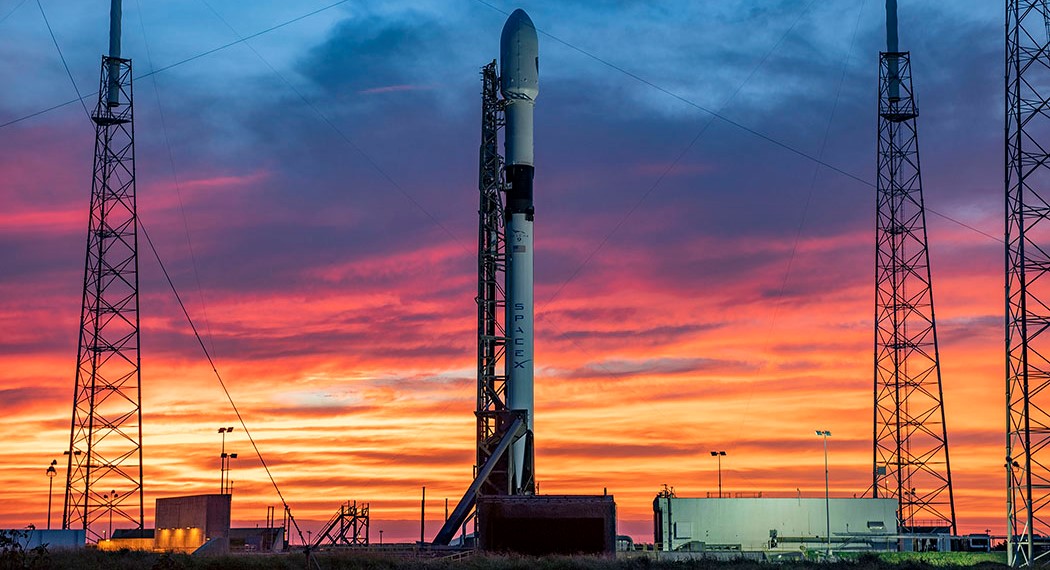

News
SpaceX eyes two Falcon 9 rocket launches, landings in eleven hours [update: just Starlink]
Update #2: The GPS III SV04 mission’s Falcon 9 rocket aborted its October 2nd launch attempt just two seconds before liftoff. SpaceX CEO Elon Musk says the vehicle’s flight computer detected an “unexpected pressure rise in the turbomachinery gas generator” of at least one of new booster B1062’s nine Merlin 1D engines. Given that Musk explicitly pointed to propulsion hardware rather than an out-of-family sensor, a substantial delay is likely.
Update: For unknown reasons, SpaceX appears to have delayed the Starlink-12 launch to October 5th. GPS III SV04 is still on track to launch tonight.
SpaceX appears to be targeting two separate Falcon 9 launches less than eleven hours apart after a pad sensor scrubbed the company’s latest Starlink-12 launch attempt.
SpaceX’s 12th operational Starlink launch and 13th overall, the mission is now up to its fourth aborted launch attempt after a weather delay on September 17th, an unspecified delay on September 27th, a weather delay on September 29th, and a ground systems delay on October 1st. Starlink-12 is now scheduled to lift off from Kennedy Space Center Launch Complex 39A (KSC Pad 39A) no earlier than (NET) 8:34 am EDT (12:34 UTC) on Saturday, October 3rd.
Up first, though, is SpaceX’s third upgraded GPS III satellite launch (Space Vehicle 04) for the US military – effectively ready to go since a few days after the Falcon 9 rocket’s September 25th static fire. Delayed from September 29th and 30th by United Launch Alliance’s (ULA) own Delta IV Heavy NROL-44 launch delays, SpaceX has confirmed that Falcon 9 is scheduled to launch GPS III SV04 NET 9:43 pm EDT (1:43 UTC) on Friday, October 2nd.
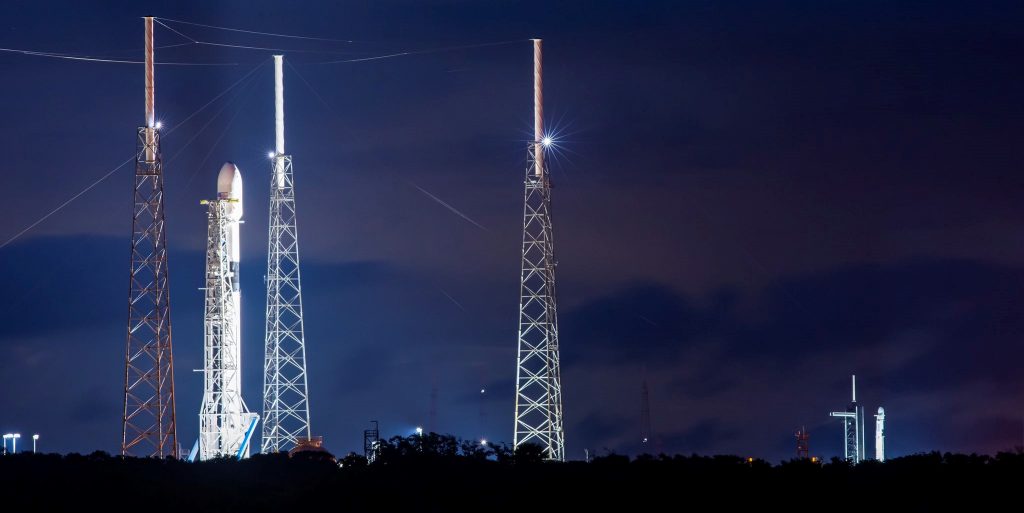
The only reason SpaceX is able to even consider attempting both East Coast Falcon 9 launches hours apart is the activation of a second drone ship (formerly based in California) earlier this year. Known as Just Read The Instructions (JRTI), the drone ship was upgraded with expanded power output and stronger thrusters and joined Of Course I Still Love You (OCISLY) in Port Canaveral, Florida. JRTI completed its first East Coast Falcon booster landing in June 2020 and both ships have more or less split recovery attempts in the months since.
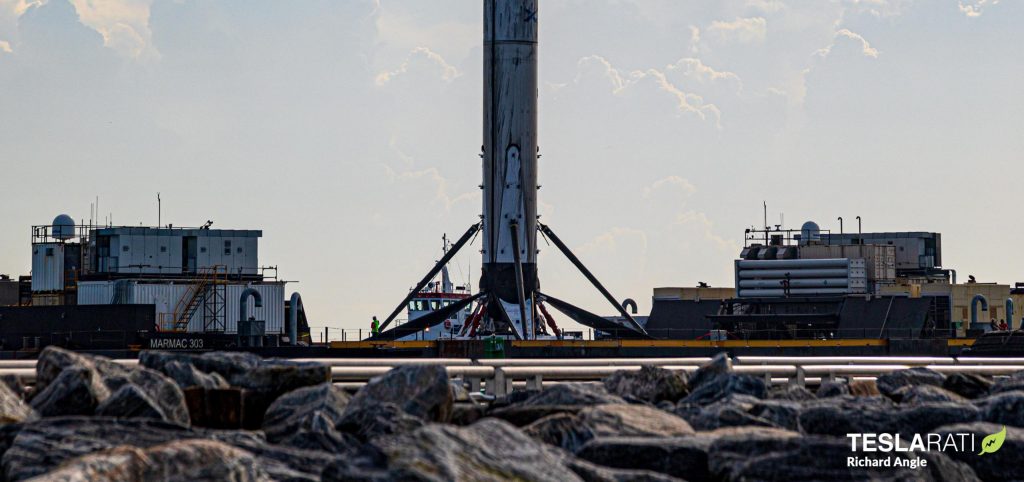
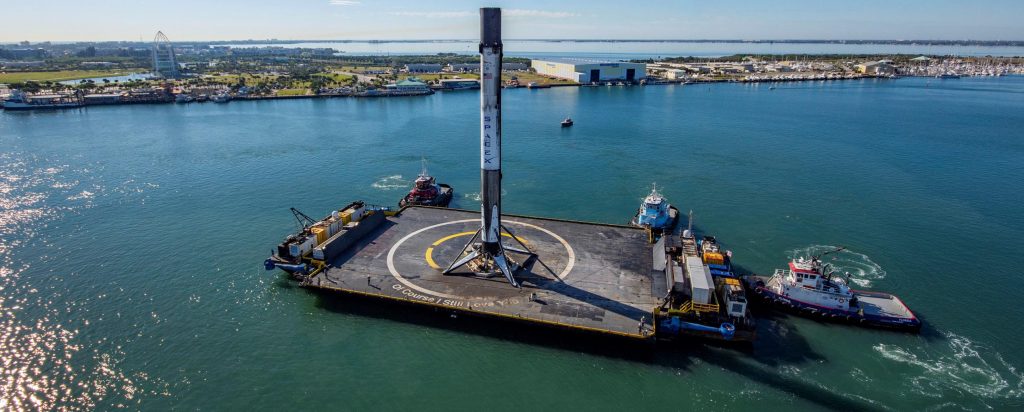
While SpaceX could technically launch East Coast missions almost simultaneously by landing one booster at sea and the other on land, the performance required from Falcon 9 for GPS III SV04 and Starlink-12 necessitates drone ship landings for both missions. Coincidentally, the missions’ launch trajectories are extremely similar, meaning that drone ship JRTI (GPS III SV04) and OCISLY (Starlink-12) are stationed just ~50 km (~30 mi) apart in the Atlantic Ocean.
Twin recovery ships GO Ms. Tree and GO Ms. Chief – outfitted with giant nets – will also be present at at least one of the two missions, each attempting to catch one of Falcon 9’s payload fairing halves.
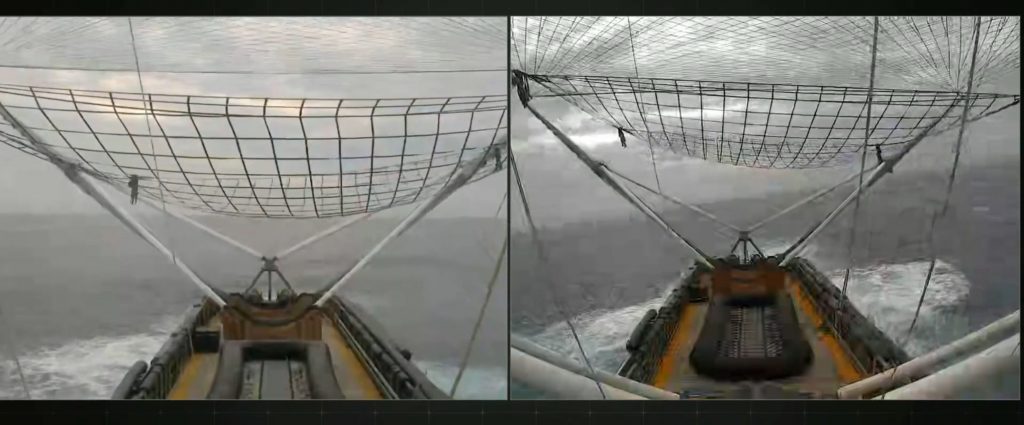
If both missions launch on schedule and Falcon 9 boosters B1062 (GPS III SV04) and B1058 successful land aboard their respective drone ships, SpaceX could end up with two drone ships – both carrying Falcon boosters – returning to Port Canaveral at almost the same time, possibly creating the first Falcon booster traffic jam.
Weather is currently 70% and 60% go for SpaceX’s GPS III SV04 and Starlink-12 launches. Tune in around 9:25 pm EDT (01:25 UTC) to catch the first of two SpaceX launch webcasts.
Check out Teslarati’s Marketplace! We offer Tesla accessories, including for the Tesla Cybertruck and Tesla Model 3.
News
Tesla UK sales see 14% year-over-year rebound in June: SMMT data
The SMMT stated that Tesla sales grew 14% year-over-year to 7,719 units in June 2025.

Tesla’s sales in the United Kingdom rose in June, climbing 14% year-over-year to 7,719 units, as per data from the Society of Motor Manufacturers and Traders (SMMT). The spike in the company’s sales coincided with the first deliveries of the updated Model Y last month.
Model Y deliveries support Tesla’s UK recovery
Tesla’s June performance marked one of its strongest months in the UK so far this year, with new Model Y deliveries contributing significantly to the company’s momentum.
While the SMMT listed Tesla with 7,719 deliveries in June, independent data from New AutoMotive suggested that the electric vehicle maker registered 7,891 units during the month instead. However, year-to-date figures for Tesla remain 2% down compared to 2024, as per a report from Reuters.
While Tesla made a strong showing in June, rivals are also growing. Chinese automaker BYD saw UK sales rise nearly fourfold to 2,498 units, while Ford posted the highest EV growth among major automakers, with a more than fourfold increase in the first half of 2025.
Overall, the UK’s battery electric vehicle (BEV) demand surged 39% to to 47,354 units last month, helping push total new car sales in the UK to 191,316 units, up 6.7% from the same period in 2024.
EV adoption accelerates, but concerns linger
June marked the best month for UK car sales since 2019, though the SMMT cautioned that growth in the electric vehicle sector remains heavily dependent on discounting and support programs. Still, one in four new vehicle buyers in June chose a battery electric vehicle.
SMMT Chief Executive Mike Hawes noted that despite strong BEV demand, sales levels are still below regulatory targets. “Further growth in sales, and the sector will rely on increased and improved charging facilities to boost mainstream electric vehicle adoption,” Hawes stated.
Also taking effect this week was a new US-UK trade deal, which lowers tariffs on UK car exports to the United States from 27.5% to 10%. The agreement could benefit UK-based EV producers aiming to expand across the country.
News
Tesla Model 3 ranks as the safest new car in Europe for 2025, per Euro NCAP tests
Despite being on the market longer than many of its rivals, the Tesla Model 3 continues to set the bar for vehicle safety.

The Tesla Model 3 has been named the safest new car on sale in 2025, according to the latest results from the Euro NCAP. Among 20 newly tested vehicles, the Model 3 emerged at the top of the list, scoring an impressive 359 out of 400 possible points across all major safety categories.
Tesla Model 3’s safety systems
Despite being on the market longer than many of its rivals, the Tesla Model 3 continues to set the bar for vehicle safety. Under Euro NCAP’s stricter 2025 testing protocols, the electric sedan earned 90% for adult occupant protection, 93% for child occupant protection, 89% for pedestrian protection, and 87% for its Safety Assist systems.
The updated Model 3 received particular praise for its advanced driver assistance features, including Tesla’s autonomous emergency braking (AEB) system, which performed well across various test scenarios. Its Intelligent Speed Assistance and child presence detection system were cited as noteworthy features as well, as per a WhatCar report.
Other notable safety features include the Model 3’s pedestrian-friendly pop-up hood and robust crash protection for both front and side collisions. Euro NCAP also highlighted the Model 3’s ability to detect vulnerable road users during complex maneuvers, such as turning across oncoming traffic.
Euro NCAP’s Autopilot caution
While the Model 3’s safety scores were impressive across the board, Euro NCAP did raise concerns about driver expectations of Tesla’s Autopilot system. The organization warned that some owners may overestimate the system’s capabilities, potentially leading to misuse or inattention behind the wheel. Even so, the Model 3 remained the highest-scoring vehicle tested under Euro NCAP’s updated criteria this year.
The Euro NCAP’s concerns are also quite interesting because Tesla’s Full Self-Driving (FSD) Supervised, which is arguably the company’s most robust safety suite, is not allowed for public rollout in Europe yet. FSD Supervised would allow the Model 3 to navigate inner city streets with only minimal human supervision.
Other top scorers included the Volkswagen ID.7, Polestar 3, and Geely EX5, but none matched the Model 3’s total score or consistency across categories. A total of 14 out of 20 newly tested cars earned five stars, while several models, including the Kia EV3, MG ZS, and Renault 5, fell short of the top rating.
Elon Musk
Why Tesla’s Q3 could be one of its biggest quarters in history
Tesla could stand to benefit from the removal of the $7,500 EV tax credit at the end of Q3.

Tesla has gotten off to a slow start in 2025, as the first half of the year has not been one to remember from a delivery perspective.
However, Q3 could end up being one of the best the company has had in history, with the United States potentially being a major contributor to what might reverse a slow start to the year.
Earlier today, the United States’ House of Representatives officially passed President Trump’s “Big Beautiful Bill,” after it made its way through the Senate earlier this week. The bill will head to President Trump, as he looks to sign it before his July 4 deadline.
The Bill will effectively bring closure to the $7,500 EV tax credit, which will end on September 30, 2025. This means, over the next three months in the United States, those who are looking to buy an EV will have their last chance to take advantage of the credit. EVs will then be, for most people, $7,500 more expensive, in essence.
The tax credit is available to any single filer who makes under $150,000 per year, $225,000 a year to a head of household, and $300,000 to couples filing jointly.
Ending the tax credit was expected with the Trump administration, as his policies have leaned significantly toward reliance on fossil fuels, ending what he calls an “EV mandate.” He has used this phrase several times in disagreements with Tesla CEO Elon Musk.
Nevertheless, those who have been on the fence about buying a Tesla, or any EV, for that matter, will have some decisions to make in the next three months. While all companies will stand to benefit from this time crunch, Tesla could be the true winner because of its sheer volume.
If things are done correctly, meaning if Tesla can also offer incentives like 0% APR, special pricing on leasing or financing, or other advantages (like free Red, White, and Blue for a short period of time in celebration of Independence Day), it could see some real volume in sales this quarter.
You can now buy a Tesla in Red, White, and Blue for free until July 14 https://t.co/iAwhaRFOH0
— TESLARATI (@Teslarati) July 3, 2025
Tesla is just a shade under 721,000 deliveries for the year, so it’s on pace for roughly 1.4 million for 2025. This would be a decrease from the 1.8 million cars it delivered in each of the last two years. Traditionally, the second half of the year has produced Tesla’s strongest quarters. Its top three quarters in terms of deliveries are Q4 2024 with 495,570 vehicles, Q4 2023 with 484,507 vehicles, and Q3 2024 with 462,890 vehicles.
-

 Elon Musk5 days ago
Elon Musk5 days agoTesla investors will be shocked by Jim Cramer’s latest assessment
-

 News1 week ago
News1 week agoTesla Robotaxi’s biggest challenge seems to be this one thing
-

 Elon Musk2 weeks ago
Elon Musk2 weeks agoFirst Look at Tesla’s Robotaxi App: features, design, and more
-

 News2 weeks ago
News2 weeks agoWatch Tesla’s first driverless public Robotaxi rides in Texas
-

 News2 weeks ago
News2 weeks agoWatch the first true Tesla Robotaxi intervention by safety monitor
-

 Elon Musk2 weeks ago
Elon Musk2 weeks agoTesla to launch in India in July with vehicles already arriving: report
-
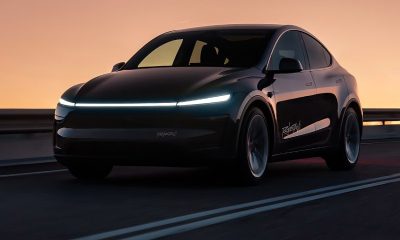
 Elon Musk2 weeks ago
Elon Musk2 weeks agoTesla officially launches Robotaxi service with no driver
-

 Elon Musk1 week ago
Elon Musk1 week agoA Tesla just delivered itself to a customer autonomously, Elon Musk confirms




















